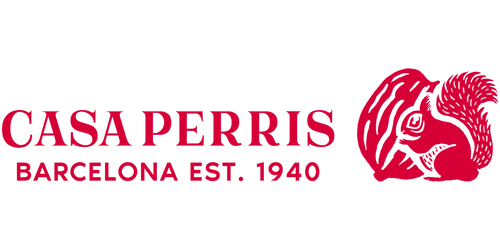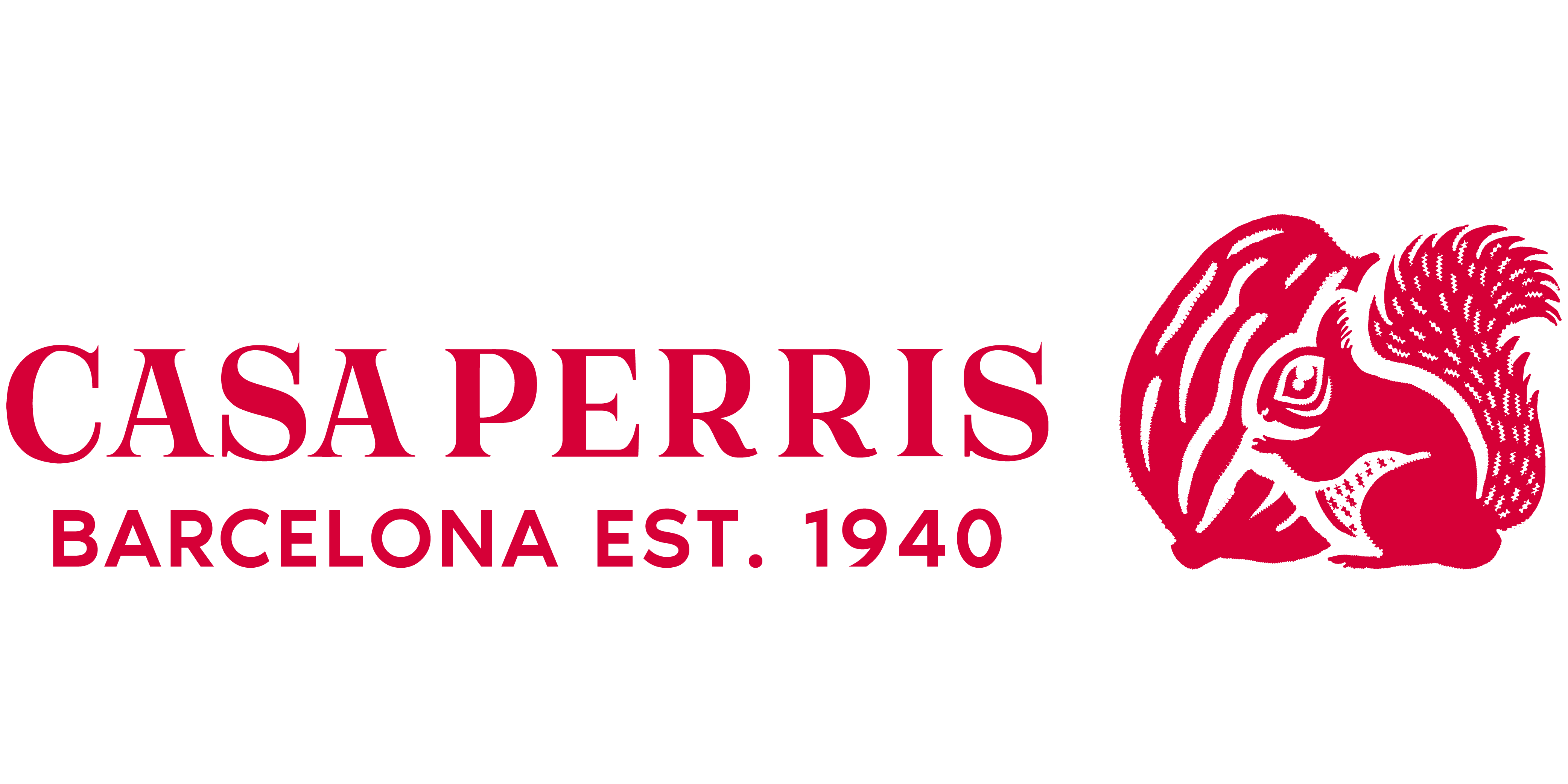Spelled couscous vs wheat couscous 



Differences between spelled and wheat couscous
 Spelled Couscous
Spelled Couscous
-
Wild and resistant seed.
-
Better tolerance for the body.
-
Low in fat, rich in carbohydrates and fiber.
 Wheat Couscous
Wheat Couscous
-
Adapted and not so resistant seed.
-
May cause intolerance in some people.
-
Rich in carbohydrates, fiber and protein.
Benefits of spelled and wheat couscous
Spelled and wheat couscous have many similarities when we talk about the benefits they provide to the body, both are responsible for:- Prevent cardiovascular diseases
- Strengthen the nervous system
- Avoid memory loss
- Regulate intestinal transit
- Reduce PMS pain in women
- Strengthen hair and nails
- Regulate blood sugar levels, which makes this food attractive for diabetics
- Good nutrition for athletes and vegans

How to cook couscous?
Couscous is such a versatile food that it can achieve a wide range of combinations, with garnishes being where it stands out the most. However, it can also be present in salads, sautéed with cooked vegetables and natural raisins.To cook it, you need to place water in a pot, a touch of olive oil and salt to taste. Let it come to a boil and add the couscous, stir slowly, remove from the heat and cover the pot, letting it rest for at least 5 minutes. Next, add butter to taste and stir without leaving lumps. Serve with cooked vegetables, seafood, raisins depending on your preference.
Couscous, myths and realities
You follow on social networks .




